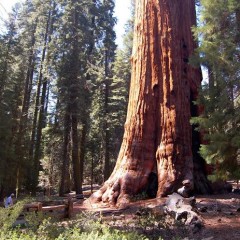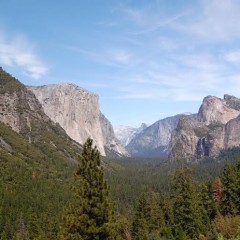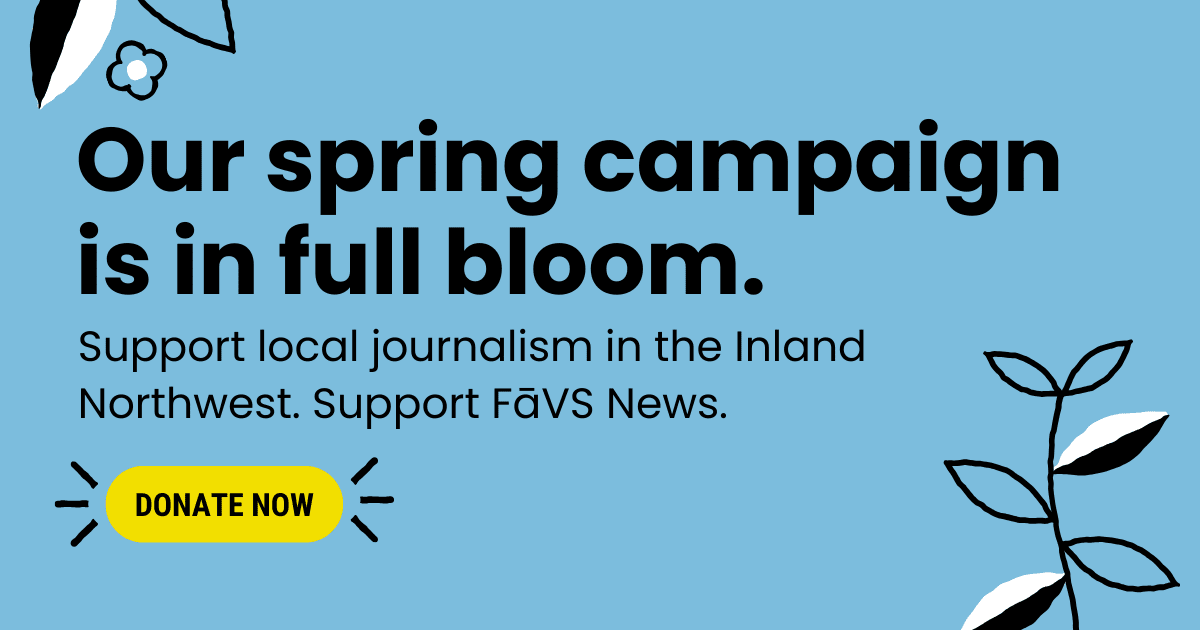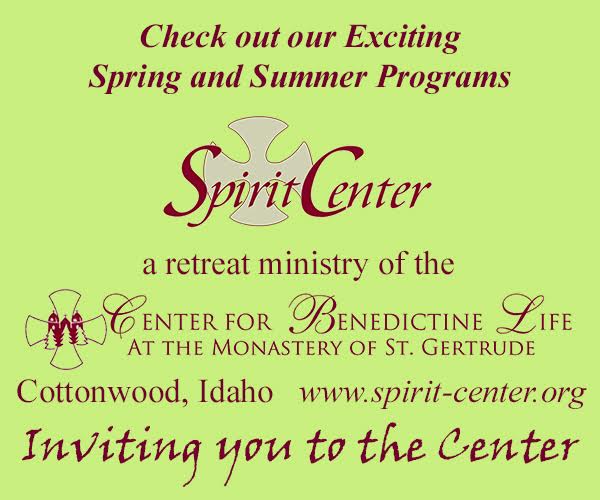
I began my summer break by reconnecting with nature. Actually, I began my summer break filling up at five gas stations in order to drive 1,100 miles to Sequoia National Park where thousands of others also decided to reconnect with nature. I saw General Sherman — the largest tree in the world (and living thing, according to several signs) — enclosed by a fence, presumably so he would remain the largest living thing. After camping for two nights we moved on to Yosemite, where the grandeur of El Capitan and Yosemite Falls (the largest waterfall in the U.S., according to many signs) were nearly dwarfed by hoards of people. After staying there for four nights in a filled-to-the-brim campground, my husband and I drove most of the next day (I’ve lost count of gas stations) to Lassen Volcanic National Park and later on to Crater Lake. On the last day, approaching Spokane at dusk, we struck a deer head on at 70 mph, obliterating the poor thing and putting a hefty gash in the front of our SUV.
Not what I had in mind when I went seeking to reconnect with nature.
Don’t get me wrong. We did get to see some beautiful and diverse country, and being outside most of the time while disconnected from ‘real life’ did the soul some good. I decorated our bear boxes with a variety of pine cones, the most impressive being from the sugar pine (the largest pine tree in the world, according to — well, you know) at over a foot long. Every once in a while I came upon a snow plant, a parasite of conifers that resembles a pine cone, but is scarlet red and has a flesh-like texture. We witnessed the effects of volcanoes (of which Lassen Park has all four types) and glacial erosion. Driving back through eastern Oregon we had full view of both Mt. Hood and Mt. Rainier simultaneously for nearly an hour, their peaks covered in glistening snow.

So thousands and thousands of us homo sapiens went to the woods for solace only to find it overrun with RVs and gifts shops filled with trinkets made in China. But then, in that mass of humanity, something beautiful happened. Grabbing a bite to eat at the Yosemite Village, I sought an empty table with (not surprisingly) no luck. A kind British couple in their early 60s invited us to sit with them, and we struck up one of those friendships that lasts only a few minutes but seems it could endure a lifetime. We gave our brief bios to one another — jobs, children, hobbies — and learned that Martin owns a model railway shop in Leicester, that Judith — like me — works in higher ed, and that their daughter is a curator at the Natural History Museum in London. This was Martin’s second trip to Yosemite, the first being in 1979, and he and Judith planned to have their picture taken at the exact spot where his image was captured 35 years ago. I shared that my parents had recently visited the park 40 years after their last visit, which (not surprisingly) led to commiserating about the population increase’s effect on the park.
We may have sought to reconnect with nature, and fell short of our expectations because so many others sought to do the same, but the park brought people together in a beautiful setting, people who would never had met each other. It reminded us that we not only need to reconnect with nature, but also with people; that the busyness and isolation of our day-to-day lives keeps us separated from both nature and human beings (as if they were separate things); that perhaps if we work harder to stay connected throughout our lives, the re-connection will be redundant; that this sometimes annoying mass of humanity becomes less so when we seek to truly connect; that God has created each and every being of each and every species; and that he has given our species a choice as to how we relate to all of his beauty.
The next day, on our way out of the park, we stopped at one last pull-out overlooking Tuolumne Meadows to try to capture this magnificent beauty on our digital memory card. There we met a French couple from Guadalupe who had inadvertently locked themselves out of their rental car. After trying unsuccessfully for 20 minutes to break into their car and learning that none of us would ever have a career as a car thief, we gave them a lift to the nearest store where the owner kindly called the ranger station. Before leaving them in the capable hands of the U.S. Park Service, we gave them our names and address, and they promised to send us some rum. A connection with people in the midst of connecting with nature.







